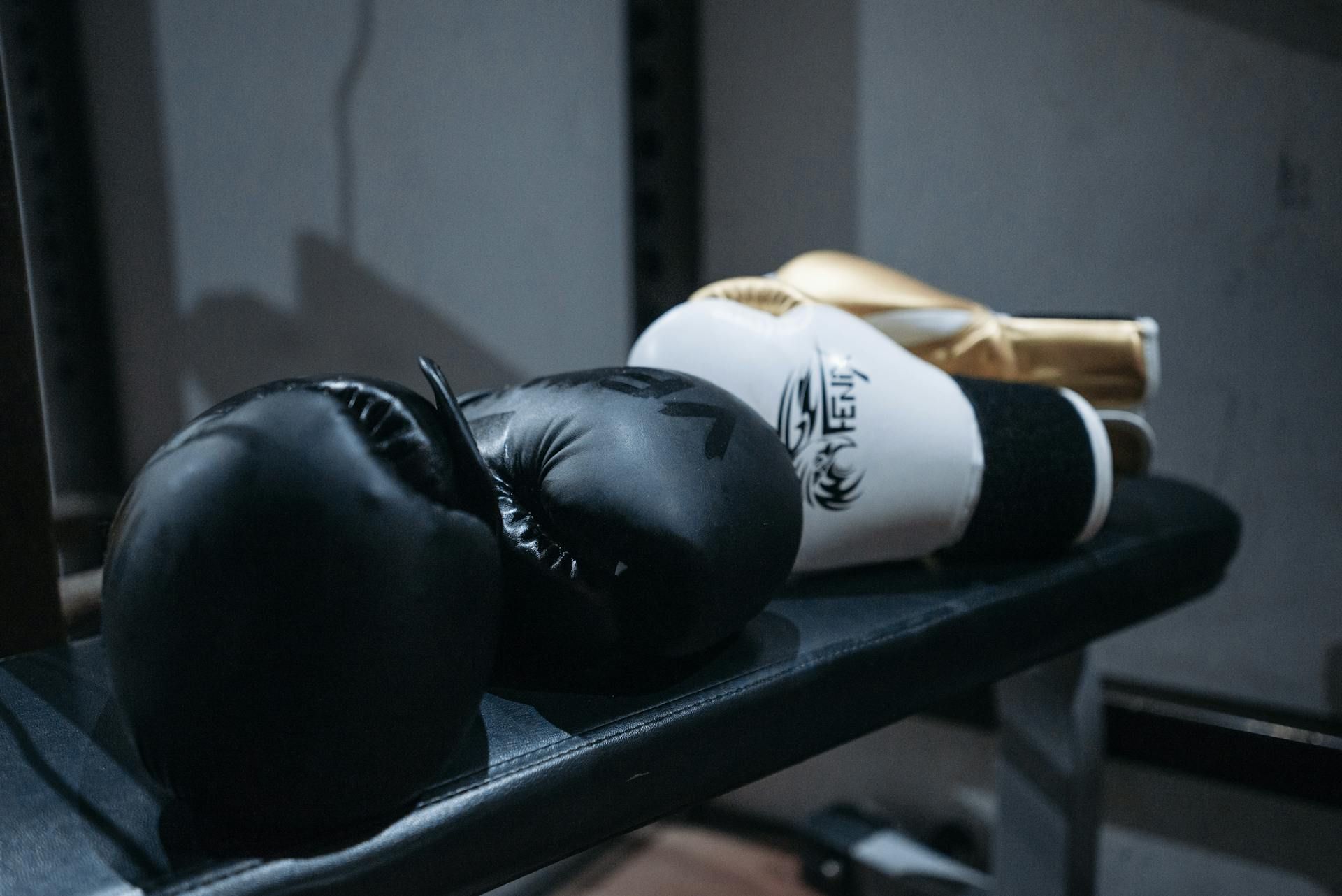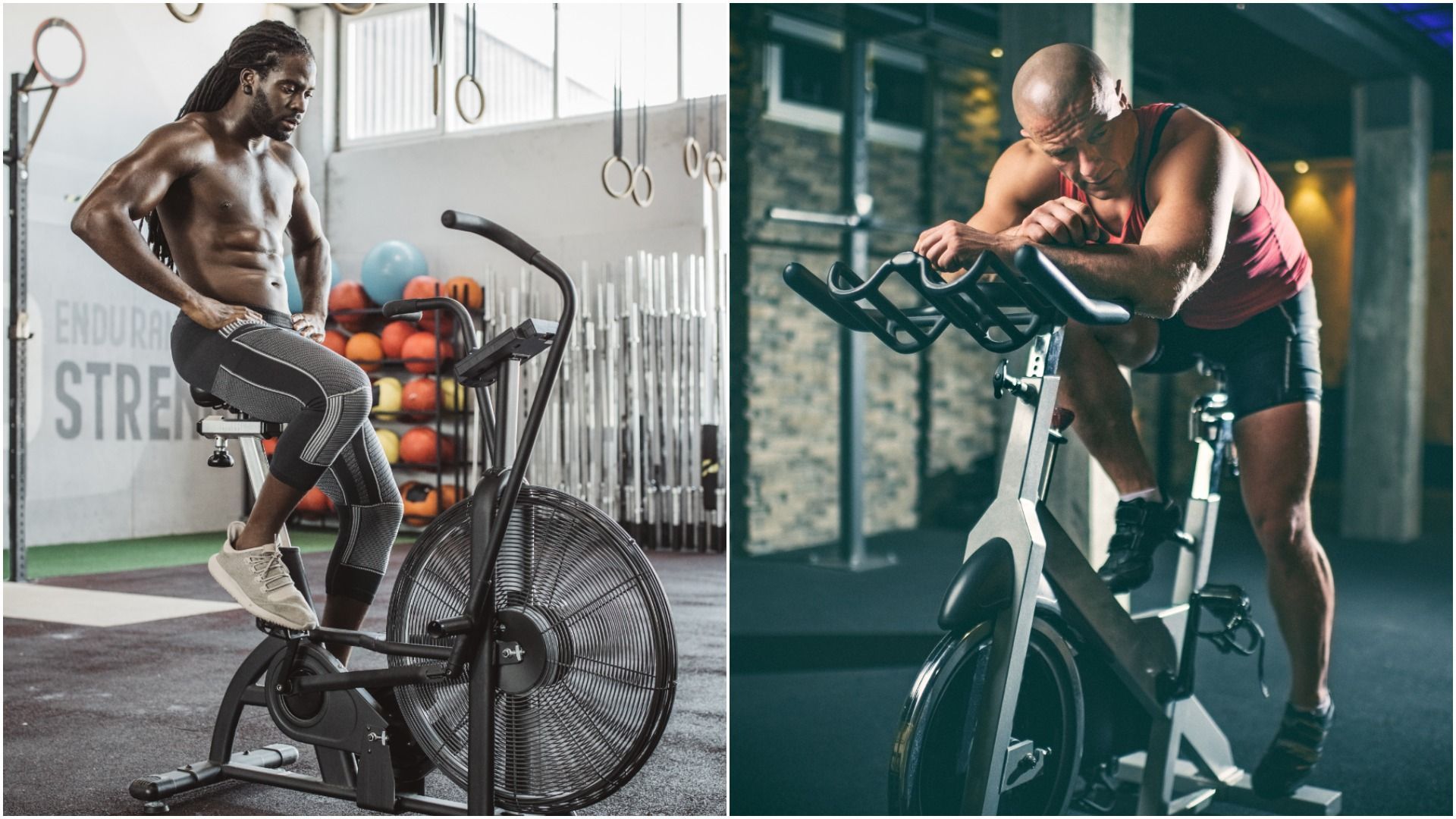How to Use a Chest Workout Machine: Proper Form, Variations, and Common Mistakes
Categories
When it comes to building a strong, sculpted chest, the chest workout machine is a staple in any gym or home setup. Whether you're a seasoned athlete or just beginning your fitness journey, understanding how to properly use this versatile equipment can maximize your gains while minimizing the risk of injury.
In this blog, we’ll guide you through the essentials of using a chest workout machine, explore popular variations to target different areas of your chest, and highlight common mistakes to avoid.
Why Use a Chest Workout Machine?
Chest workout machines, such as the chest press or pec deck, provide a controlled and safe environment for targeting the pectoral muscles. Unlike free weights, machines guide your motion, making them ideal for:
Beginners learning the basics of form and technique.
Isolating chest muscles with minimal strain on stabilizers.
Reducing the risk of injury, especially for those recovering from injuries.
Step-by-Step Guide to Proper Form
1. Setting Up the Machine
Before starting, adjust the machine to suit your body size and range of motion:
● Seat Height: Align the machine's handles with the midline of your chest.
● Backrest: Ensure it supports your lower back, keeping you stable during the exercise.
● Resistance Level: Start with a manageable weight to practice form before increasing intensity.
2. Mastering the Technique
For most chest machines, such as the seated chest press:
- Positioning: Sit upright with your feet flat on the floor. Your back should remain pressed against the seat.
- Grip: Hold the handles with an overhand grip. Keep your wrists neutral and aligned with your forearms.
- Execution: Push the handles forward while exhaling. Extend your arms fully without locking your elbows.
- Return: Inhale as you slowly bring the handles back to the starting position. Maintain control to maximize muscle engagement.
3. Breathing
● Exhale during the exertion phase (pushing the handles).
● Inhale during the return phase.
Popular Variations for a Well-Rounded Chest
1. Incline Chest Press Machine
Targets the upper chest (clavicular region). Adjust the seat so the handles are positioned slightly below your shoulders for optimal engagement.
2. Decline Chest Press Machine
Focuses on the lower chest (sternal region). Lower the seat height to change the angle of resistance.
3. Pec Deck Machine (Chest Fly)
Isolates the pectoral muscles by mimicking a fly motion. Adjust the arm pads to ensure a comfortable range of motion, and keep a slight bend in your elbows throughout.
4. Crossover Cables
If your chest workout machine includes cables, try cable crossovers. They offer a full range of motion and can be adjusted to target different chest areas:
● High-to-Low Crossover: Emphasizes the lower chest.
● Low-to-High Crossover: Works the upper chest.
5. Single-Arm Press
Using one arm at a time enhances focus on each side of the chest, helping correct muscle imbalances.
Common Mistakes to Avoid
1. Using Too Much Weight
One of the most common mistakes is loading the machine with excessive weight. This not only compromises your form but also increases the risk of injury. Always prioritize control over sheer resistance.
2. Locking Elbows
Fully locking your elbows at the peak of the movement reduces muscle tension and may strain your joints. Keep a slight bend to maintain engagement.
3. Rounding Your Shoulders
Avoid hunching forward or letting your shoulders round. This shifts the emphasis away from the chest and can lead to shoulder strain. Keep your chest lifted and shoulders back.
4. Partial Range of Motion
Cutting the movement short reduces the effectiveness of the exercise. Ensure you complete each repetition with a full range of motion—stretching at the bottom and contracting at the top.
5. Neglecting Posture
Slouching or arching your back undermines the effectiveness of the workout. Maintain a neutral spine throughout the exercise.
Tips for an Effective Chest Workout
● Warm-Up: Spend 5–10 minutes warming up your chest and shoulders with light weights or dynamic stretches to prevent injuries.
● Progressive Overload: Gradually increase the resistance or reps to keep challenging your muscles.
● Balance Your Routine: Combine machine exercises with free weights and bodyweight movements, such as push-ups and dumbbell presses, for a comprehensive chest workout.
● Rest and Recovery: Allow 48 hours between chest workouts to give your muscles time to repair and grow.
Integrating Chest Machines into Your Routine
For best results, use chest workout machines as part of a balanced training plan:
● Beginner Routine:
o Seated Chest Press: 3 sets of 10–12 reps.
o Pec Deck: 3 sets of 12–15 reps.
● Intermediate Routine:
o Incline Chest Press: 3 sets of 8–10 reps.
o Cable Crossover: 3 sets of 10–12 reps.
o Decline Chest Press: 3 sets of 8–10 reps.
Pair your chest exercises with complementary movements targeting your back, shoulders, and triceps for overall strength and symmetry.
Why Mavinpro Chest Workout Machines?
At Mavinpro, our chest workout machines are designed with both performance and comfort in mind. Featuring ergonomic designs, precision adjustments, and robust materials, they provide a superior training experience for all fitness levels. Whether you’re building a home gym or upgrading a commercial facility, Mavinpro’s equipment is tailored to meet your needs.
Conclusion
Mastering the chest workout machine involves more than just pushing and pulling. By focusing on proper form, exploring variations, and avoiding common pitfalls, you can transform your chest workouts into powerful, effective training sessions. Whether you’re aiming for aesthetic gains or improved strength, the chest workout machine is an invaluable tool in your fitness arsenal.
Ready to take your chest workouts to the next level? Explore Mavinpro’s range of premium chest machines designed to elevate your fitness journey. With cutting-edge designs and unbeatable quality, we’re here to revolutionize your training experience.
Get started today!


Discover how Mavinpro can partner with you to create fitness solutions tailored to your specific industry needs.
CONTACT US
Call our consultant on:
+1 (949) 807 8910
+1 (949) 774-1779
Email us at:
info@jwsportusa.com



